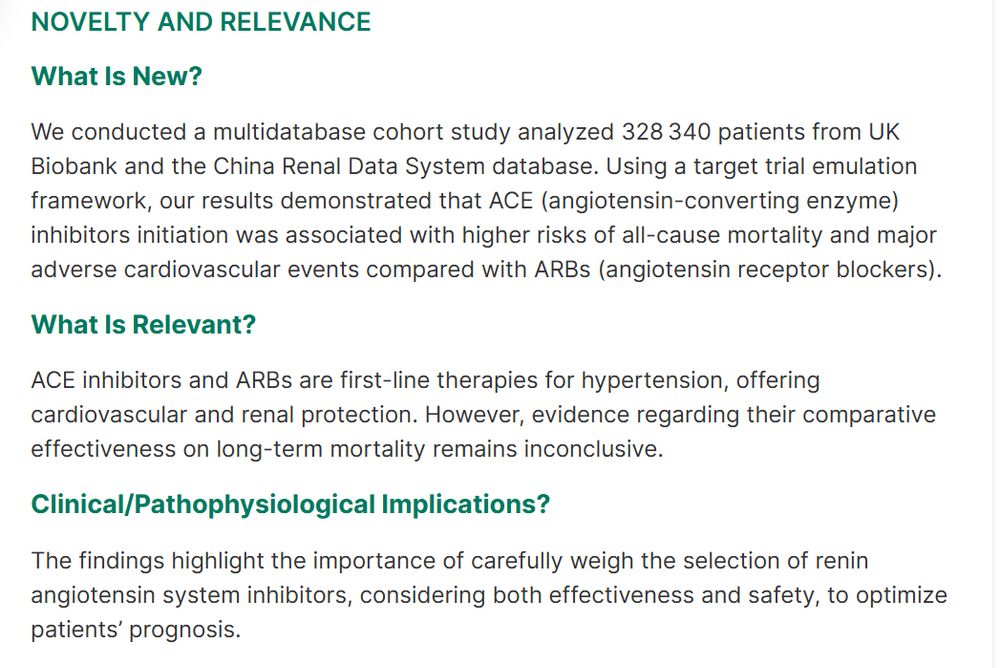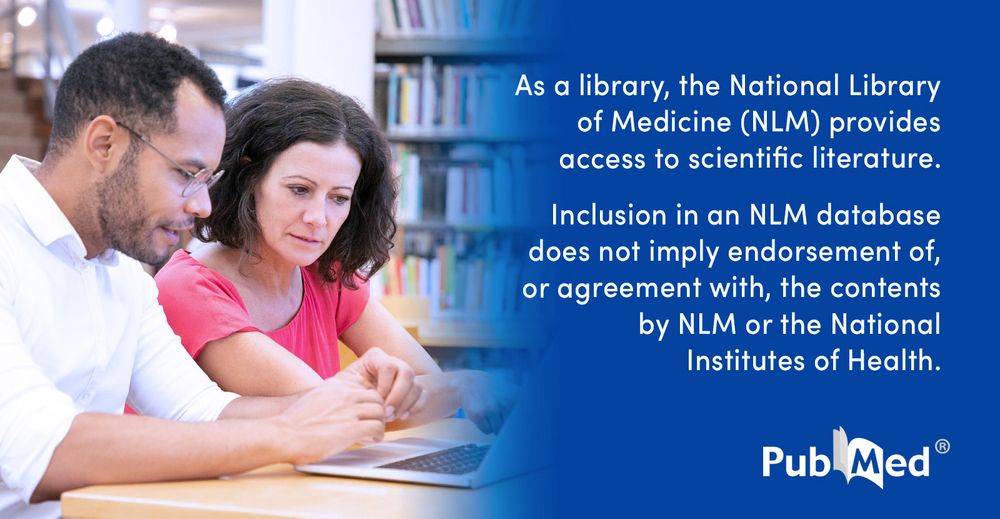
Follow nephrology experts for insights: @ASN_Kidney, @NephJC, @Neph_SIM

Follow nephrology experts for insights: @ASN_Kidney, @NephJC, @Neph_SIM

https://www.newsbeep.com/ie/153496/
Skvarc D R, Berk M, Byrne L K, et al. Post-Operative …

https://www.newsbeep.com/ie/153496/
Skvarc D R, Berk M, Byrne L K, et al. Post-Operative …
www.ahajournals.org/doi/10.1161/...
@ahascience.bsky.social @ahajournals.bsky.social
#CardioSky #Hypertension


www.ahajournals.org/doi/10.1161/...
@ahascience.bsky.social @ahajournals.bsky.social
#CardioSky #Hypertension
https://www.europesays.com/ie/193231/
Recent findings on pregnancy outcomes in women with IgA nephropathy (IgAN) suggest pre-conception use of non-renin-angiotensin-aldosterone system inhibitor…

https://www.europesays.com/ie/193231/
Recent findings on pregnancy outcomes in women with IgA nephropathy (IgAN) suggest pre-conception use of non-renin-angiotensin-aldosterone system inhibitor…
https://www.newsbeep.com/ie/152210/
The IS is a multifactorial disorder with established risk factors encompassing both …

https://www.newsbeep.com/ie/152210/
The IS is a multifactorial disorder with established risk factors encompassing both …
migrainecollaborative.org/the-evidence...

migrainecollaborative.org/the-evidence...
Thankfully I feel better today! I’ll just have to see how it goes.
Thankfully I feel better today! I’ll just have to see how it goes.
1. Angiotensin 2 triggers thirst and drinking which causes prostaglandin E release. This acts as a signal to stop drinking. However, prostaglandin E is also implicated in symptoms such as malaise, fatigue, and fevers
1. Angiotensin 2 triggers thirst and drinking which causes prostaglandin E release. This acts as a signal to stop drinking. However, prostaglandin E is also implicated in symptoms such as malaise, fatigue, and fevers
Several mechanisms related to wider hydration issues can affect thirst, such as:
Cerebral hypoperfusion
Diabetes insipidus/mellitus
Dysautonomia
High angiotensin 2
Hypovolemia
Intracellular dehydration
Oxytocin impairments
Paradoxical hypoosmolality & thirst
Several mechanisms related to wider hydration issues can affect thirst, such as:
Cerebral hypoperfusion
Diabetes insipidus/mellitus
Dysautonomia
High angiotensin 2
Hypovolemia
Intracellular dehydration
Oxytocin impairments
Paradoxical hypoosmolality & thirst
lc-sc.co.uk/bodily-syste...
Including:
Blood volume
Prostaglandins
Acetylcholine
Mast cells
Dopamine
Glutamate & other neurotransmitters 🧵

lc-sc.co.uk/bodily-syste...
Including:
Blood volume
Prostaglandins
Acetylcholine
Mast cells
Dopamine
Glutamate & other neurotransmitters 🧵
Hsu et al. find that angiotensin receptor-neprilysin inhibitors (ARNIs) in individuals with CPOD and heart failure may reduce COPD symptoms.
https://bit.ly/3JFsbUV
#RespiratoryHealth

Hsu et al. find that angiotensin receptor-neprilysin inhibitors (ARNIs) in individuals with CPOD and heart failure may reduce COPD symptoms.
https://bit.ly/3JFsbUV
#RespiratoryHealth
🧵 Thread below
Full analysis: https://helixbrief.com/article/b7719932-1a45-470a-8483-eac59387e8f2
🧵 Thread below
Full analysis: https://helixbrief.com/article/b7719932-1a45-470a-8483-eac59387e8f2

https://www.vhtc.org/2025/11/angiotensin-converting-enzyme-ace-inhibitors.html
https://www.vhtc.org/2025/11/angiotensin-converting-enzyme-ace-inhibitors.html

https://www.vhtc.org/2025/11/angiotensin-ii-receptor-blockers-arbs.html
https://www.vhtc.org/2025/11/angiotensin-ii-receptor-blockers-arbs.html



